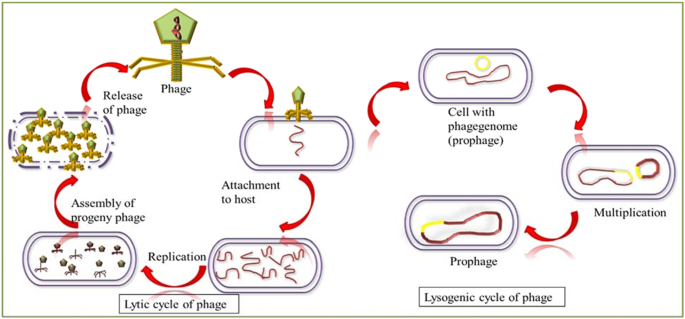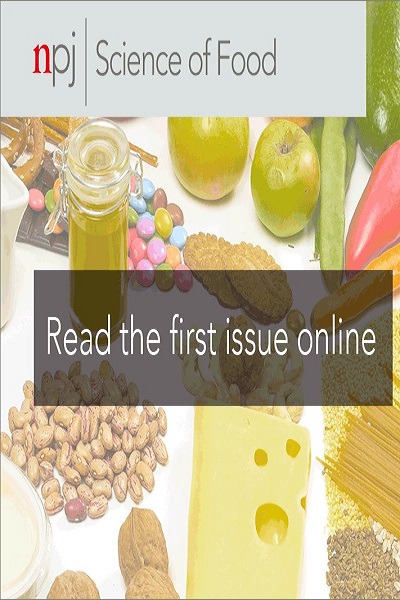噬菌体的积极和消极方面及其在食物链中的巨大作用。
IF 6.3
1区 农林科学
Q1 FOOD SCIENCE & TECHNOLOGY
引用次数: 0
摘要
噬菌体在细菌宿主体内感染和复制,同时也是天然的生物控制剂。噬菌体曾一度被视为造成奶酪制作和其他工业流程发酵失败并导致经济损失的有害物,但现在,噬菌体越来越多地被认为是一种有前途的抗菌剂,可以对抗腐败菌和致病菌。食品行业一直需要不含合成添加剂、符合行业要求的无病原体食品。本研究向读者介绍了噬菌体的历史、来源和生物学特性,包括它们的宿主范围、吸收机制、溶解特性、溶酶特性以及外部因素对噬菌体生长的影响。噬菌体及其衍生物已成为抗菌剂、生物检测器和生物膜控制剂,除了在食品和胃肠道中的潜在应用外,还对它们进行了全面的讨论,它们是预防、处理和/或消除各种食品和食品加工环境中污染物的可行而安全的选择。此外,噬菌体和噬菌体衍生的溶菌蛋白可被视为传统的 "从农场到餐桌 "环境中的潜在抗菌剂,其中包括基于噬菌体的混合物和市售噬菌体产品。本文最后提出了一些需要解决的潜在安全问题,以便有效利用噬菌体。本文章由计算机程序翻译,如有差异,请以英文原文为准。


Positive and negative aspects of bacteriophages and their immense role in the food chain
Bacteriophages infect and replicate inside a bacterial host as well as serve as natural bio-control agents. Phages were once viewed as nuisances that caused fermentation failures with cheese-making and other industrial processes, which lead to economic losses, but phages are now increasingly being observed as being promising antimicrobials that can fight against spoilage and pathogenic bacteria. Pathogen-free meals that fulfil industry requirements without synthetic additives are always in demand in the food sector. This study introduces the readers to the history, sources, and biology of bacteriophages, which include their host ranges, absorption mechanisms, lytic profiles, lysogenic profiles, and the influence of external factors on the growth of phages. Phages and their derivatives have emerged as antimicrobial agents, biodetectors, and biofilm controllers, which have been comprehensively discussed in addition to their potential applications in the food and gastrointestinal tract, and they are a feasible and safe option for preventing, treating, and/or eradicating contaminants in various foods and food processing environments. Furthermore, phages and phage-derived lytic proteins can be considered potential antimicrobials in the traditional farm-to-fork context, which include phage-based mixtures and commercially available phage products. This paper concludes with some potential safety concerns that need to be addressed to enable bacteriophage use efficiently.
求助全文
通过发布文献求助,成功后即可免费获取论文全文。
去求助
来源期刊

NPJ Science of Food
FOOD SCIENCE & TECHNOLOGY-
CiteScore
7.50
自引率
1.60%
发文量
53
期刊介绍:
npj Science of Food is an online-only and open access journal publishes high-quality, high-impact papers related to food safety, security, integrated production, processing and packaging, the changes and interactions of food components, and the influence on health and wellness properties of food. The journal will support fundamental studies that advance the science of food beyond the classic focus on processing, thereby addressing basic inquiries around food from the public and industry. It will also support research that might result in innovation of technologies and products that are public-friendly while promoting the United Nations sustainable development goals.
 求助内容:
求助内容: 应助结果提醒方式:
应助结果提醒方式:


